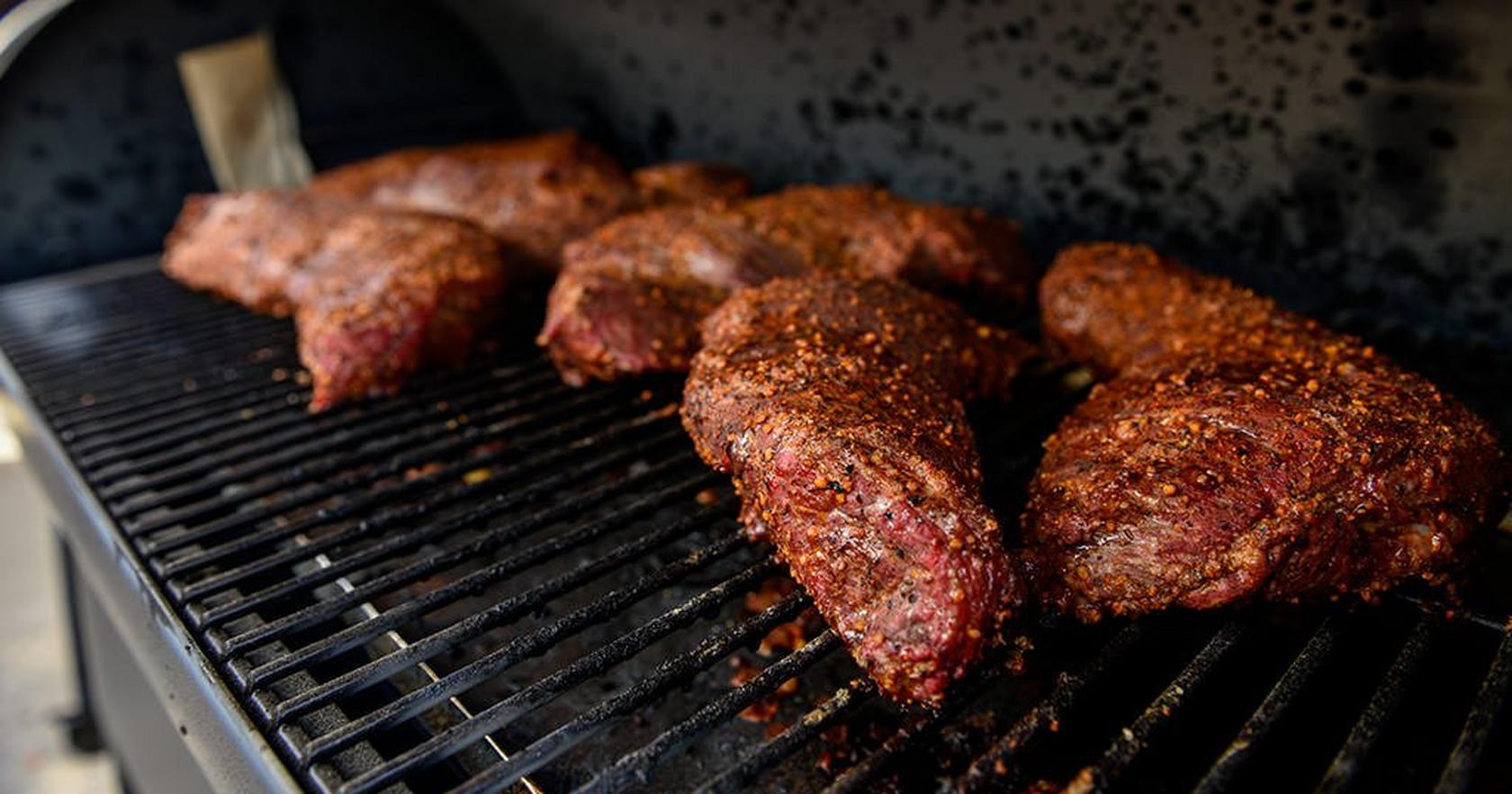
Eating Japanese Wagyu beef is one of the most exclusive tasting experiences in the world. And American ranches have bred their own versions of world-class Japanese cattle.
What Is Wagyu Beef and Kobe Beef?
Wagyu and Kobe beef both come from Japanese cattle that have been bred for a high level of intramuscular fat, also known as marbling.
Marbling refers to the specks or streaks of fat that you can see on the surface of a steak. More fat means more flavor and more tenderness.
What Is the Difference Between Japanese Wagyu and American Wagyu?
Not all steaks labeled Wagyu are the same. There are substantial differences between Wagyu steak imported from Japan, and wagyu produced by American ranchers.
Japanese Wagyu and Kobe Beef
Wagyu and Kobe beef imported from Japan have the most marbling. These steaks are graded for their appearance, and only steak of the highest quality is exported.
Because of the extremely high marbling, Japanese Wagyu and Kobe beef are extremely tender and fatty. People often say that eating cooked Wagyu and Kobe beef slices is like eating butter.
The high fat content also means that you don't need to eat a lot of it to fill you up -- 1 to 2 ounces per person is the standard recommendation. For this reason, the steaks are often sold in thin strips of 1/2-inch thickness.
Kobe beef is an even more exclusive cut. These must be raised in the Kobe area, and reach a specific quality standard. Only about 3,000 Kobe cattle meet the grade each year.
American Wagyu and Kobe-Style Beef
For about 30 years, American ranchers have experimented with cross-breeding of Japanese cattle with American breeds. This meat is sold as American wagyu, or just wagyu (which means "cattle" in Japanese), or Kobe-style.
These steaks are promoted as having the heavy marbling of Japanese steaks, but more of the beefy flavor of American steaks. The quality will vary depending on the producer, because there's no rules or regulations about who can call their beef "wagyu." They aren't graded for quality the way beef imported from Japan is.
American-raised wagyu or Kobe-style beef does typically have better marbling than the average steak at the supermarket. But the marbling is not as extreme as with Wagyu imported from Japan.
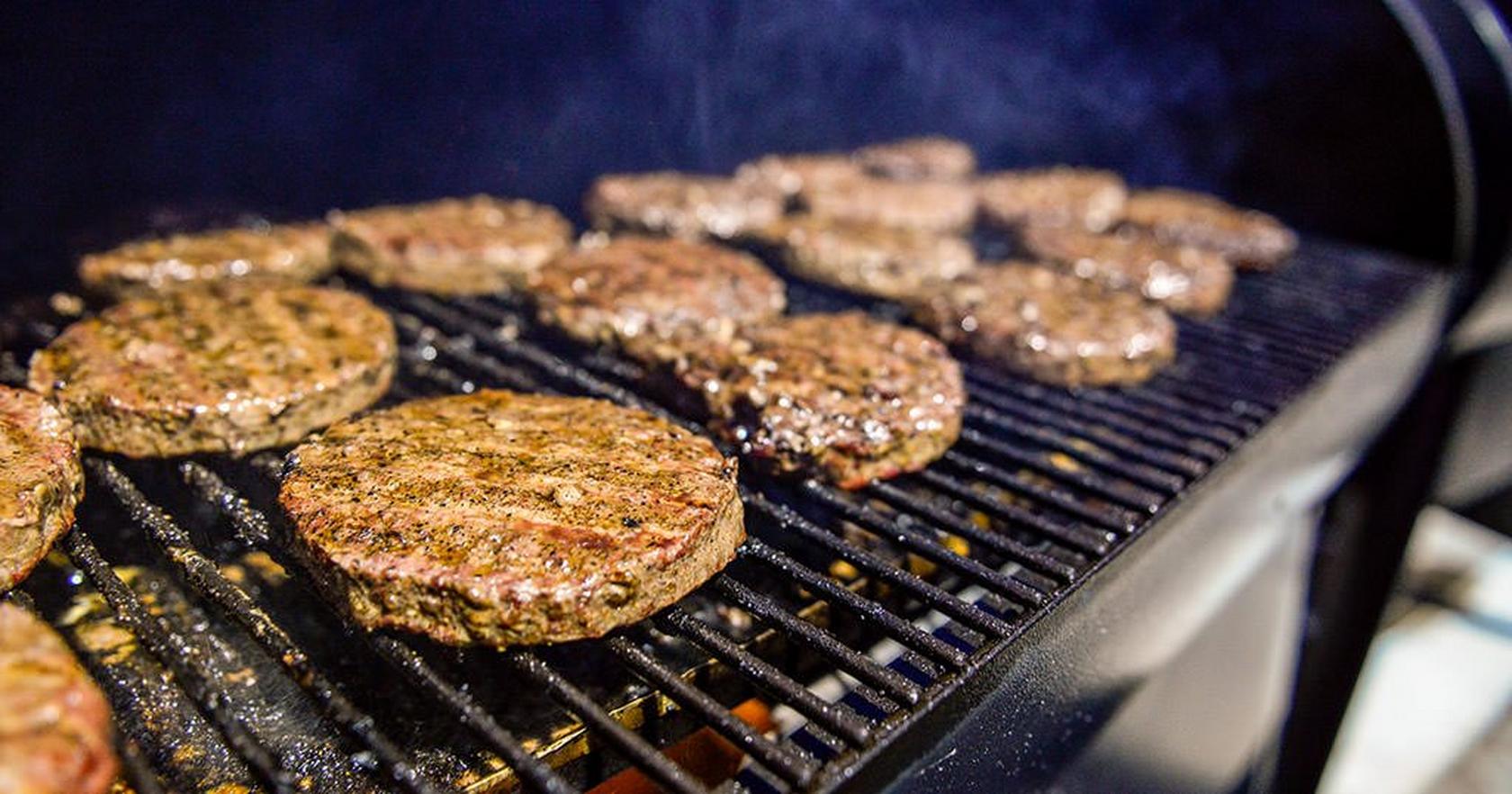
Where to Buy Wagyu Beef and Kobe Beef
Wagyu beef and Kobe beef can be purchased online. You may sometimes find Wagyu or Kobe beef at big-box warehouse stores. Supermarkets, butcher shops, or Asian grocery stores may also carry Wagyu or Kobe beef, or be able to special order them.
Wagyu or Kobe beef that is imported from Japan is quite expensive; expect to pay at least $100 per pound. Some of the highest-graded Wagyu cuts can go for $300 per pound or more.
Is Wagyu Hard to Cook?
Wagyu beef is no harder to cook than other types of beef -- in fact it may be easier. The large amount of intramuscular fat keeps the meat extremely tender. Beef with less fat is prone to drying out if it is overcooked.
Can You Eat Raw Wagyu or Kobe Beef?
The USDA recommends cooking all steaks to 145 degrees Fahrenheit, followed by 3 minutes of rest, to prevent foodborne illnesses.
Like other beef cuts, Wagyu and Kobe beef can be eaten raw as a personal choice.
But for these expensive, marbled cuts, we think getting a nice sear on the surface and a slight melting of the fat adds to the flavor and eating experience.
How to Cook Japanese Wagyu Steak or Kobe Steak
Very highly marbled Wagyu or Kobe steak should be cooked over high heat on a grill or a cast iron skillet.
Because of the cost, the steaks are often cut very thin, so they are not the best good candidate for smoking.
Let's go through the entire process.
Defrost the Steak
These steaks often come frozen or vacuum packed. Make sure to leave yourself plenty of time to defrost the steaks. They must be fully defrosted before cooking. The safest way is to put them in the refrigerator the night before.
Preheat Your Grill and Cast-Iron Skillet (if Using)
While the defrosted steak is still in the refrigerator, get your grill to its highest temperature setting.
One option for cooking a Wagyu steak is to use a cast iron skillet rather than cooking the steak directly on the grill grates.
The benefits of using a cast iron skillet are a better sear, and slightly less risk in cooking.
By cooking with cast iron, you can get a seared crust on the entire surface of the steak. Thicker steaks spend more time on the grill and can be fully seared, but thin Wagyu steaks won't be on the grill long enough for that to happen.
Another reason to cook with cast iron is lowering the risk of flare-ups and overcooking, especially on charcoal and gas grills. Because Wagyu cuts are so fatty, drippings while cooking can cause open flames to shoot up and burn the steak.
Charcoal and gas grills are also notorious for having hot spots. If you happen to cook the steak over one of them, part of it might get overcooked while the other portion is undercooked. If you cook in slices instead, and you happen to overcook one, you won't have ruined the whole meal.
If you are grilling on a Traeger, hot spots aren’t a problem. Traegers are designed to eliminate flare-ups and provide even heat throughout the entire cooking surface.
If you use a cast-iron skillet, place the skillet on the grill while it is heating. You want the skillet as hot as possible when you place the steak on it.
Trim and Season the Wagyu Steak
Trim any extra fat from the edges of the steak. Set aside to cook separately for extra flavor if you'd like.
Lightly dust the steak with salt just before cooking. Pepper is not necessary for this exceedingly flavorful steak.
Sear and Cook the Wagyu Steak
Place the steak on the grill or in the pan.
Thin, well-marbled Wagyu steak from Japan may need only two minutes per side, and once the sear is complete, the steak will be cooked. Because of the intramuscular fat, the interior will stay tender. Wagyu should be cooked to medium, to allow the marbled fat to render slightly.
Rest and Slice the Steak
Resting steak allows the juices to settle after moving around during the cooking process. These thin cuts don't need to rest for long -- just a minute or two.
If you haven't already, slice the steak, cutting against the grain of the meat.
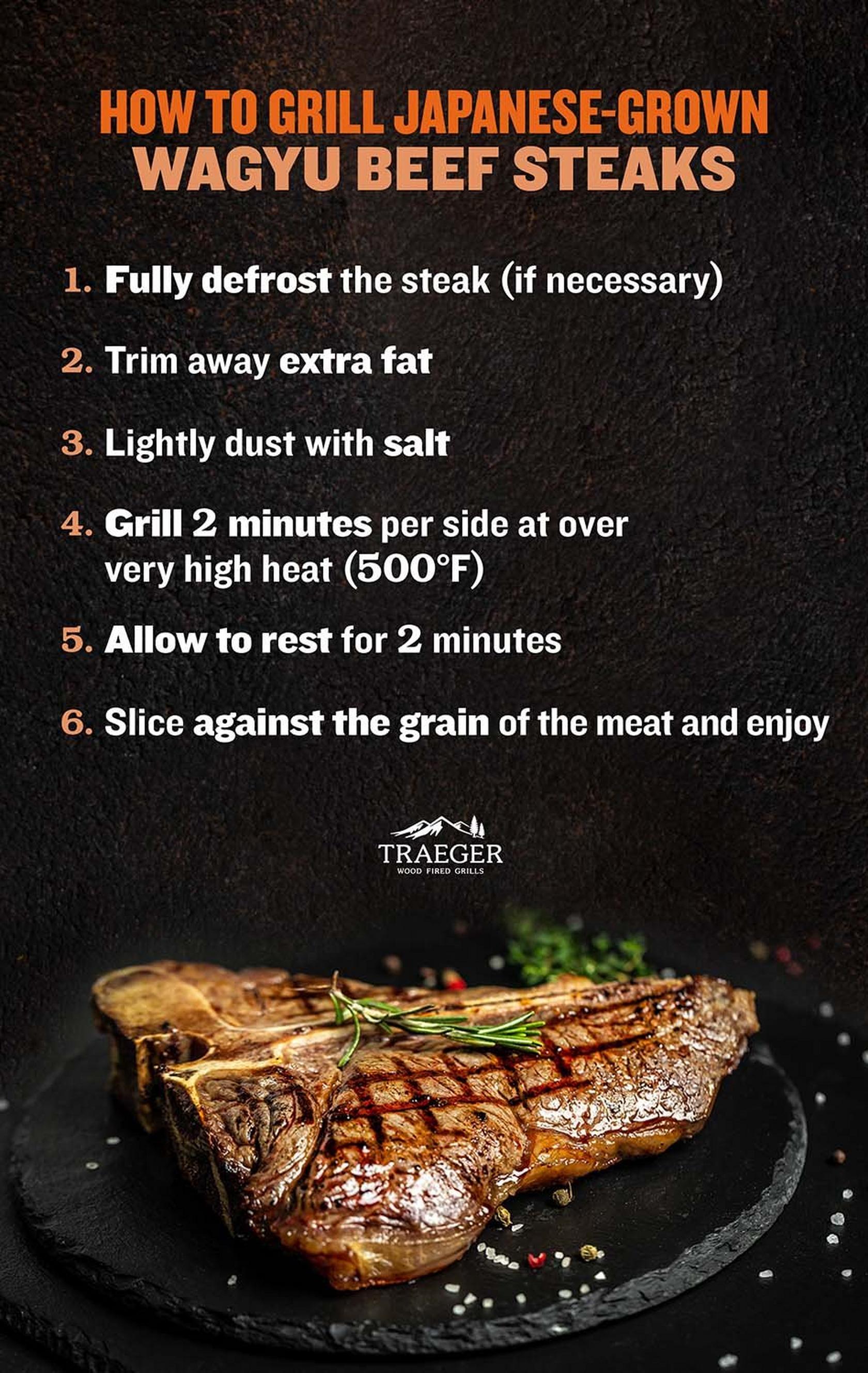
How to Cook American Wagyu Steak or Kobe-Style Steak
You can cook American wagyu and Kobe-Style steaks the same as you would any other standard type of high-end steak made for grilling. Follow our steak doneness guide for recommendations, or try the recipes below.
Wagyu Beef and Kobe Beef Recipes
These recipes for American wagyu will give you the best flavor from these high-end cuts.
Wagyu Tri-Tip

Cook time: 1 hour
Serves: 8
Ingredients
2 Wagyu beef tri-tip
1 cup Traeger Prime Rib Rub
Grilled Wagyu Burgers
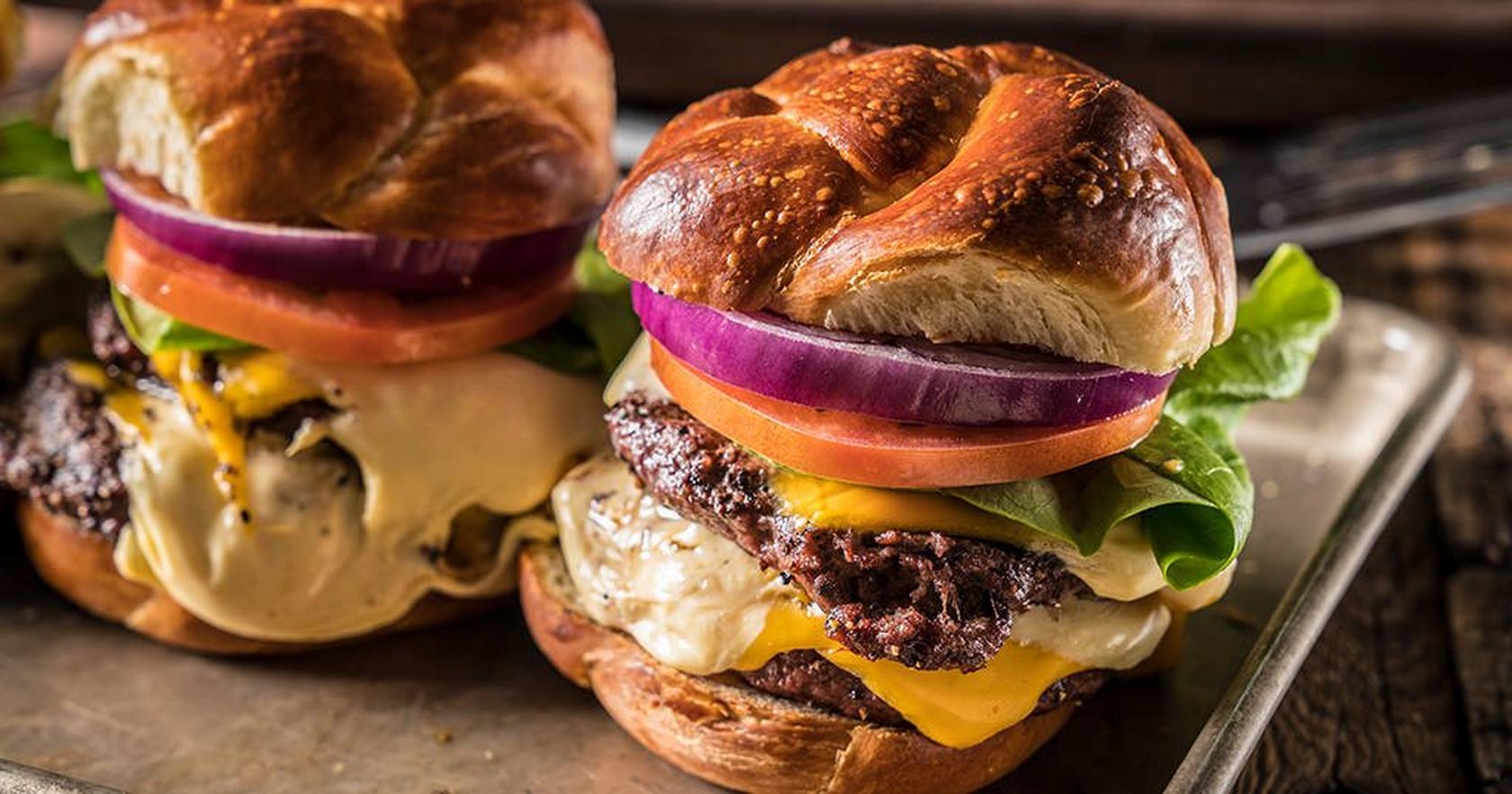
Cook time: 8 minutes
Serves: 4
Ingredients
2 pounds Wagyu ground beef
Salt and pepper
6 slices American cheese
6 burger buns
Butter lettuce
1 heirloom tomato, sliced
1 red onion, sliced
Wagyu Corned Beef Hash
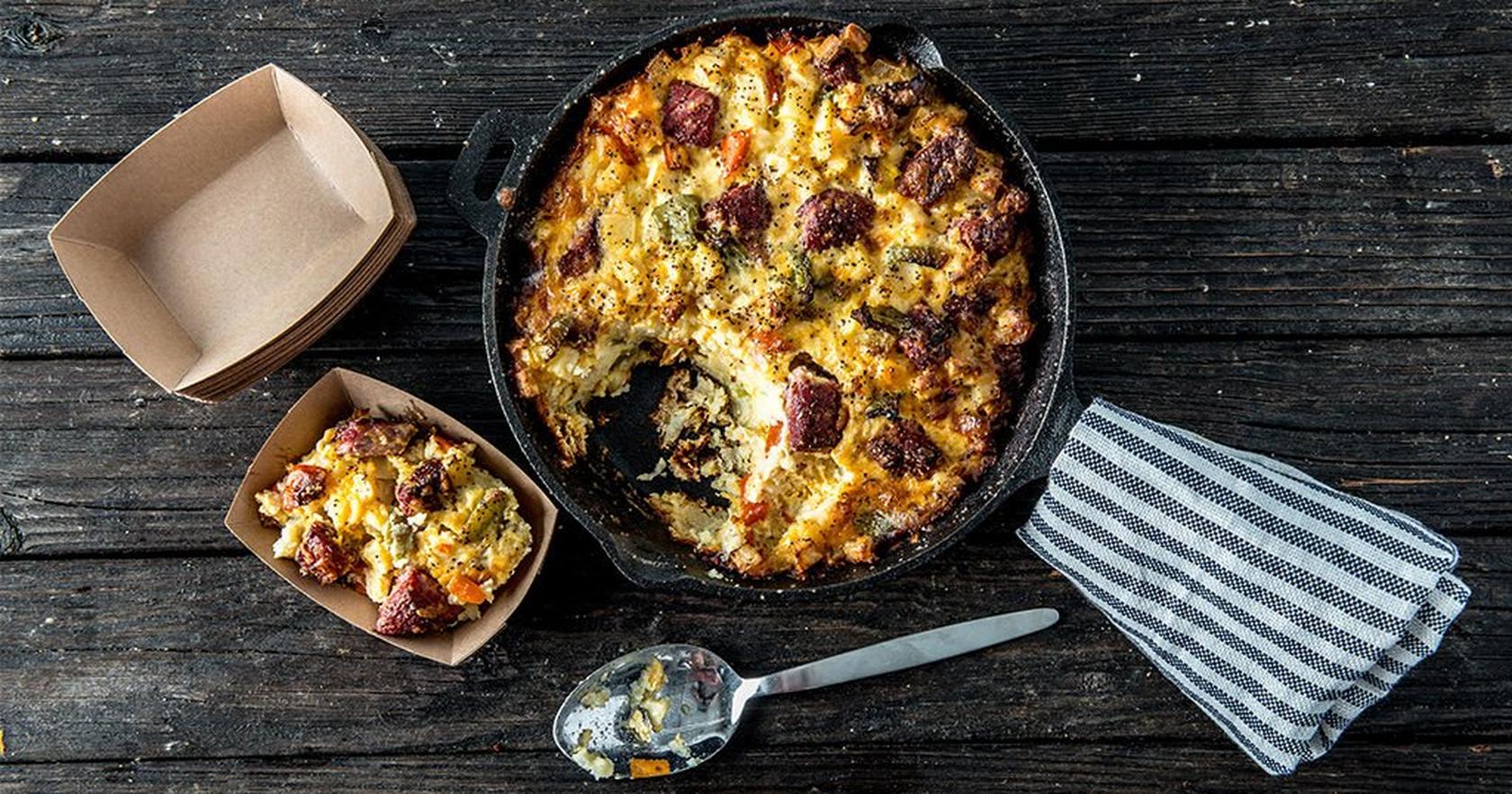
Cook time: 6 hours
Serves: 8
Ingredients
2½ pounds Wagyu Corned Beef Roast
2 red bell peppers, diced
1 green bell pepper, diced
2 pounds Southern hash Brown
3 cups shredded cheddar cheese
2 tablespoons kosher salt
2 tablespoons black pepper
7 eggs
1/2 cup whole milk
Grilled Kobe Beef Burgers

Cook time: 15 minutes
Serves: 4
Ingredients
6 Kobe beef patties
Traeger Prime Rib Rub
6 hamburger buns
Wagyu Tri-Tip
by Traeger Kitchen
Prep Time
5 Min
Cook Time
1 Hr
Serves
8
Pellets
Mesquite
For a memorable steak dinner, season & roast tri-tip low & slow right in your own backyard.
Ingredients
main
| 2 | wagyu beef tri-tip |
| 1 Cup | Traeger Prime Rib Rub |
1
When ready to cook, set temperature to 225˚F and preheat, lid closed for 15 minutes. For optimal flavor, use Super Smoke if available.
2
While grill is preheating, trim any excess fat off of the tri-tip and season with Traeger Prime Rib Rub.
3
Place tri-tip on the Traeger and cook until it reaches an internal temperature of 130°F. This should take 1 to 1-1/2 hours. When the tri-tip reaches 130°F pull off the grill and set aside.
4
Increase the grill temperature to 475°F. After 15 minutes, return the tri-tip to the grill and cook for 3 minutes per side. Pull off and slice. Enjoy!